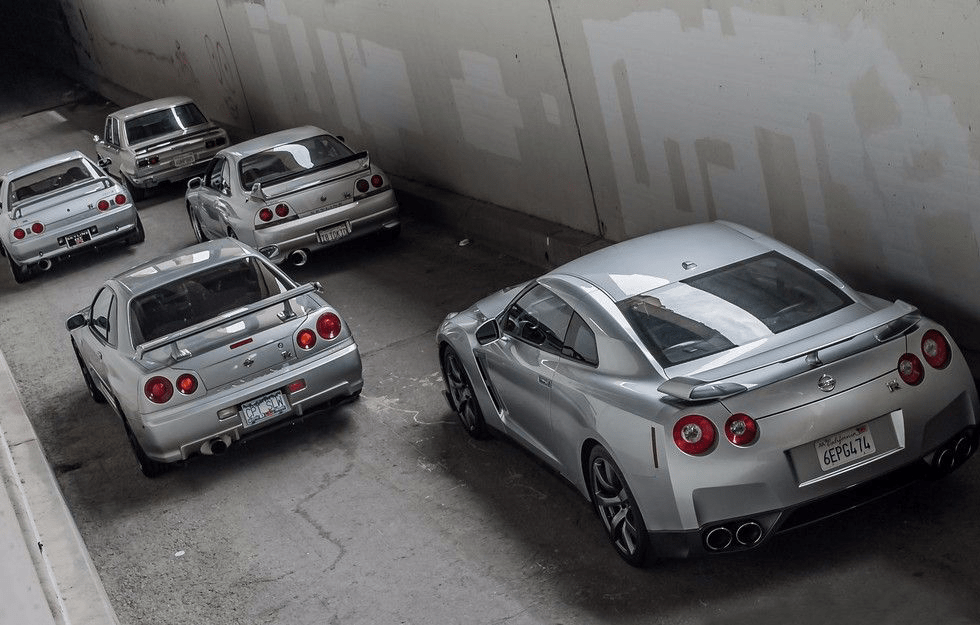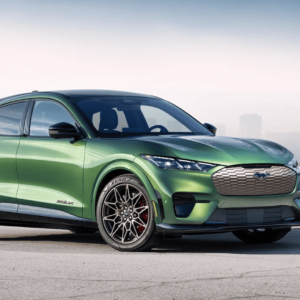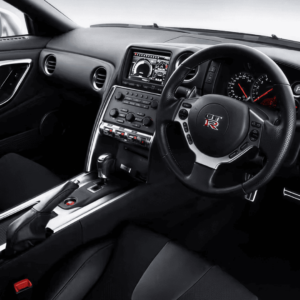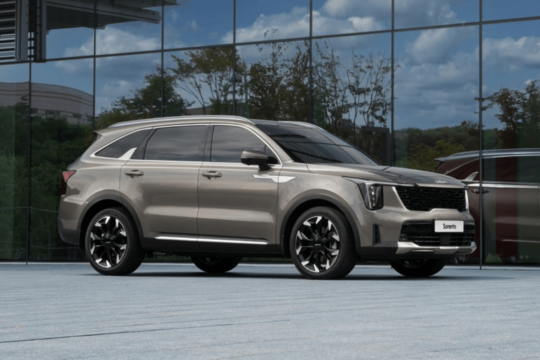It feels like yesterday when the former Top Gear trio was in Japan and Jeremy Clarkson took the reins of a Nissan GT-R and raced Hammond and May across Japan. For those who wonder, that episode was run 16 years ago – just 2 years after the GT-R graced the world with its presence. Fast forward 18 years, and what is surprisingly a very lengthy production run, and the Nissan GT-R finally retires its neck-snapping allure.
To celebrate its last hurrah, the last Nissan GT-R left the factory floors of Nissan’s Tochigi plant and is reported to be a Premium edition T-Spec in Midnight Purple, and rightfully destined to grace a Japanese customer’s driveway.
The GT-R moniker has been a long-standing representation of Japanese motoring dominance and sports a colorful racing history to boot.
The GT-R genesis

The GT-R legacy began in 1969 with the Hakosuka, the original Skyline coupe that stunned Japan by winning over fifty consecutive touring car races. It established Nissan (At the time known as Datsun) as a motorsport powerhouse and proved that performance could translate directly from the track to showroom success. The Hakosuka’s dominance laid the foundation for a racing-bred street car ethos that would define the GT-R name for decades.
Two decades later, the Nissan Skyline R32 GT-R emerged as a technological marvel. Equipped with all-wheel drive, four-wheel steering, and the legendary RB26DETT twin-turbo engine, it earned the nickname Godzilla for its dominance. The Nissan Skyline R32 GT-R won every single race in Japan’s Group A Touring Car Championship, took back-to-back victories at the Bathurst 1000 in 1991 and 1992, and secured Group A World Championship titles. It humiliated rivals, including BMW and Ford, proving that Nissan could compete on a global stage with precision engineering and relentless performance.
The Nissan Skyline R34 GT-R carried the performance marque into a modern era, refining performance and technology while cementing its place in pop culture. With NISMO-developed machines excelling in JGTC and endurance racing, it also gained international fame through appearances in The Fast and the Furious franchise, video games, and car enthusiast media.
The “R35” GT-R
It’s on rare occasions that each model designation successfully pushes what’s known and keeps its flag flying high. While the GT-R did drop the Skyline name to be a standalone marque, it was most definitely part of the Skyline’s finest and forged through its forefathers’ blade.
Introduced as a “multi-performance” Grand Tourer, the GT-R combined comfort and refinement with racing-inspired performance. Its VR38DETT twin-turbo V6 engine paired with an ATTESA ET-S all-wheel-drive system provided exhilarating performance on both road and track. Each engine was not a product of mass production and quick production lines but a hand-assembled affair by a select group of Takumi craftsmen in a pristine factory environment. Every V6 powerhouse leaving its floors was signed by their Takumi to signify a personal connection between maker and machine.
The GT-R also forged a formidable motorsport legacy. It claimed five GT500 and three GT300 class wins in Japan’s SUPER GT Championship, triumphed in the 2013 Blancpain GT Series Pro-Am, won the 2015 Bathurst 12-hour, and even set a Guinness World Record for the fastest drift at 304.96 km/h in Fujairah, UAE.
Ivan Espinosa’s words
With a cult following that is eager to see the future of their favorite hyper car hunter, Nissan’s very own Ivan Espinosa was kind enough to shed some light on the moniker’s future.
“I want to tell you this isn’t a goodbye to the GT-R forever; it’s our goal for the GT-R nameplate to one day make a return. While we don’t have a precise plan finalized today, the GT-R will evolve and reemerge in the future.”

The word evolution in a modern automotive landscape usually translates to electrified motoring. A browse through the interwebs and the dialogue between automotive netizens varies from the GT-R marque never seeing the light of day to the new GT-R sporting a hybrid powertrain.
Is this the end of the Nissan GT-R, or is it the birth of yet another electrified powerhouse trumping 0 to 60 timings?










